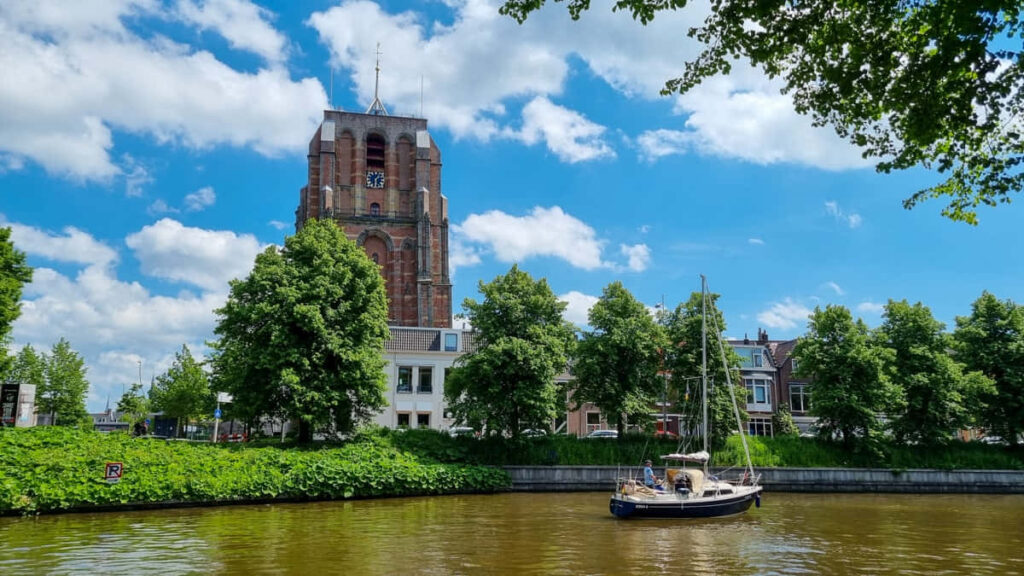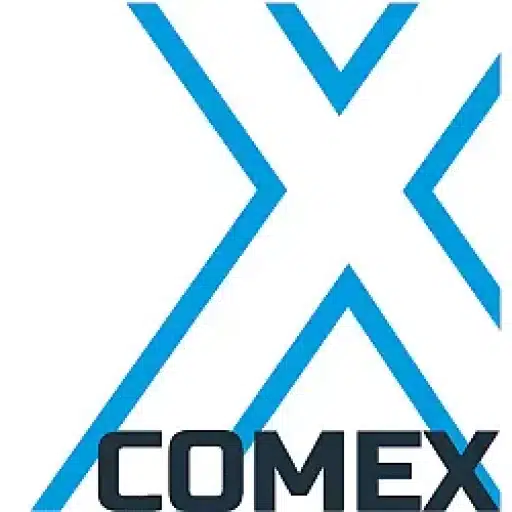+31 (0)43 30 88 400 | office@comex.eu
Case study
Municipality of Leeuwarden
For the secure and long-term storage of historical and semi-historical data, the Leeuwarden municipality was looking for a storage infrastructure that could meet its requirements in an energy-efficient and flexible manner, while also offering simple and affordable options for further growth. The system must last as long as possible to minimize migration steps. Any necessary migrations must take place without data loss.

“Still a niche in the Netherlands, but I think this is a solution that fits very well in an archive.“
– Jeen Oppedijk, Senior ICT Specialist, Municipality of Leeuwarden
For the secure and long-term storage of historical and semi-historical data, the Leeuwarden municipality was looking for a storage infrastructure that could meet its requirements in an energy-efficient and flexible manner, while also offering simple and affordable options for further growth. The system must last as long as possible to minimize migration steps. Any necessary migrations must take place without data loss.
Historical data immutably digitally preserved
Why Leeuwarden chose Silent Bricks
The Historical Center Leeuwarden (HCL) is the information and activity center for the history of Leeuwarden and its surroundings and emerged from the former Municipal Archives of Leeuwarden – the oldest city archive in the Netherlands! Originally, this was the legal repository for the archives of the city government. Over time, archives of municipal institutions, churches, businesses and private individuals also came to the Municipal Archives. Thus, the archive repository has gradually developed into a historical information center. Tasks of the HCL include digitizing collections and archives and making them accessible.
The municipality of Leeuwarden manages the IT infrastructure of the Leeuwarden Historical Center, among others, thus providing a safe and responsible repository for historical data.
Jeen Oppedijk is a senior ICT specialist at the municipality of Leeuwarden. In 2016, he was approached by HCL, the Historical Center Leeuwarden, to look for a solution for archiving large amounts of data. “The question was mainly to store things in a more sustainable way. Incidentally, historical archives throughout the country are facing the same problem. They get a lot on offer: photographs, slides, negatives and documents. Many of these things are scanned by volunteers to the best of their ability. Among them are sometimes irreplaceable collections. There are slides that have since perished, but were scanned at the last minute.”
Looking for sustainable storage
The point is that all this now digital data is stored in different ways and systems. On USB discs and CDs, for example. “Not very sustainable,” Jeen judges. Not for nothing is the archival industry referred to as “the Middle Ages of archiving,” to indicate that good archiving is only in its infancy. “A lot is currently moving from paper to digital, but not much thought is being given to long-term storage. Or eternity. It’s right that archivists are concerned about that.” The HCL was looking for a sustainable way to store data, without being directly tied to a vendor and format that you can’t get on with at some point. In addition, the storage itself had to meet certain requirements.
Requirements
In 2017, a project manager was assigned to identify what was needed. That included at least some functional requirements, which led to a set of guiding principles:
Loose USB discs are no longer a digital archive repository
A backup is not an archive
Archival records should be preserved for eternity
Storage must be energy efficient
Integrity must be ensured and monitored
All data must be stored redundantly
Data is easily available
Migration must be possible without loss of data
Keeping data storage in-house
Storage of data must be scalable
Storage must be compliant with open formats and standards
Once written data should not be able to be changed hardware-wise
In the preliminary investigation, Jeen discovered that only FAST LTA’s Silent Bricks with the Dutch representative Comex could meet all the requirements. Especially the latter requirement weighed heavily. During a “mini-competition” after a European tender, the result of the preliminary investigation turned out to be correct. Moreover, it became clear that the Silent Bricks have a lifespan of at least ten years, which significantly alleviated the need for migration. This resulted in a collaboration between the municipality of Leeuwarden and Comex.
“This system is energy efficient, all data is subject to audit every week, everything is three times redundant. And the hardware WORM. That was decisive.“
Jeen Oppedijk, Senior ICT Specialist, Municipality of Leeuwarden
Course
After choosing Comex as a partner, the system was ordered through the purchasing department, delivered in cooperation with reseller NoRISK IT, installed and is now in use. “The configuration took an hour. I have since installed some extensions myself, which shows that the system is easy to work with.” HCL uses a so-called staging area, the stage where metadata is added, after which two people are authorized to copy to the WORM. “Once staged is staged forever, so there is a minimum number of people authorized to do so,” he said.
The expansion was needed, among other things, to be able to store films for sewer inspection, for example. Such films take up a lot of storage space and must be kept for ten years. Silent Bricks are great for that. It’s fast enough to play the movie, not super fast but it doesn’t have to be. And it’s relatively cheap. So that kind of data is being stored this way now.
The HCL uses the system for archiving, the municipality of Leeuwarden also for ‘semi-archiving’. This concerns data that must be kept for a long time, but not in perpetuity. The aforementioned videos of the sewer system, for example. Or financial data that are kept for seven years.
Future
HCL’s digital archive is expected to continue to expand. “There are still miles of archives that have not yet been digitized,” Jeen says. There are 35 volunteers working to scan everything in, so this expansion is necessary.
It is also clear that this did not involve choosing cloud storage. “One of HCL’s requirements was that the data had to be stored locally. As Leeuwarden municipality, we also apply the maxim ‘not in the cloud, unless’. If we need the cloud for certain reasons, a number of requirements have to be met, for example in terms of security and clarity about where the data are stored. As a government we obviously have to deal with the AVG to a large extent.”
Challenges
For the Historical Center Leeuwarden, the municipality of Leeuwarden was looking for a sustainable solution for archiving digital data. The challenge was to find a storage solution that permanently preserves data delivered and acquired in various ways. This without being tied to a supplier or a particular storage format. The goal here is to preserve the ultimately stored data unalterably for eternity; security and data migration without loss of data are therefore a must.
In addition, the municipality of Leeuwarden is creating a digital “semi-archive,” with data that must be kept for the duration of the legal retention obligation, but not forever. Convenient if this data can be archived on the same storage solution as the HCL’s historical data. With the Silent Bricks, the municipality of Leeuwarden has found just this solution.
Solution
2 Silent Brick systems with each:
1x Controller G5000
1x Extension Shelf
1x Silent Brick 8/12 TB
4x Silent Brick 16/24 TB
1x Silent Brick WORM 8/12 TB
1x Silent Brick WORM 16/24 TB
Industry
- Government / Municipality / Archives
Applications
- MAIS-Flexis
- Various DMS and case systems
Partner
- COMEX

